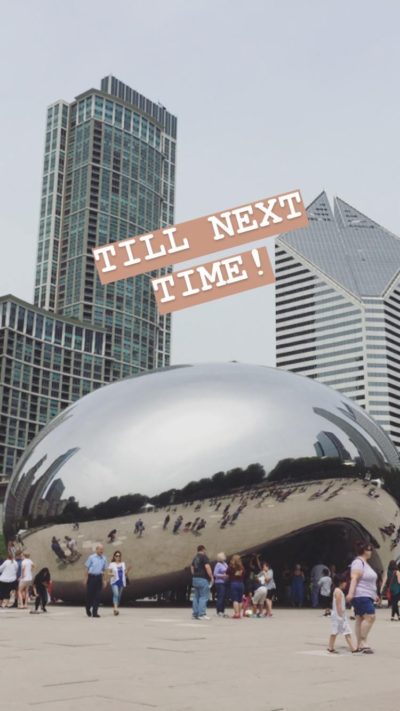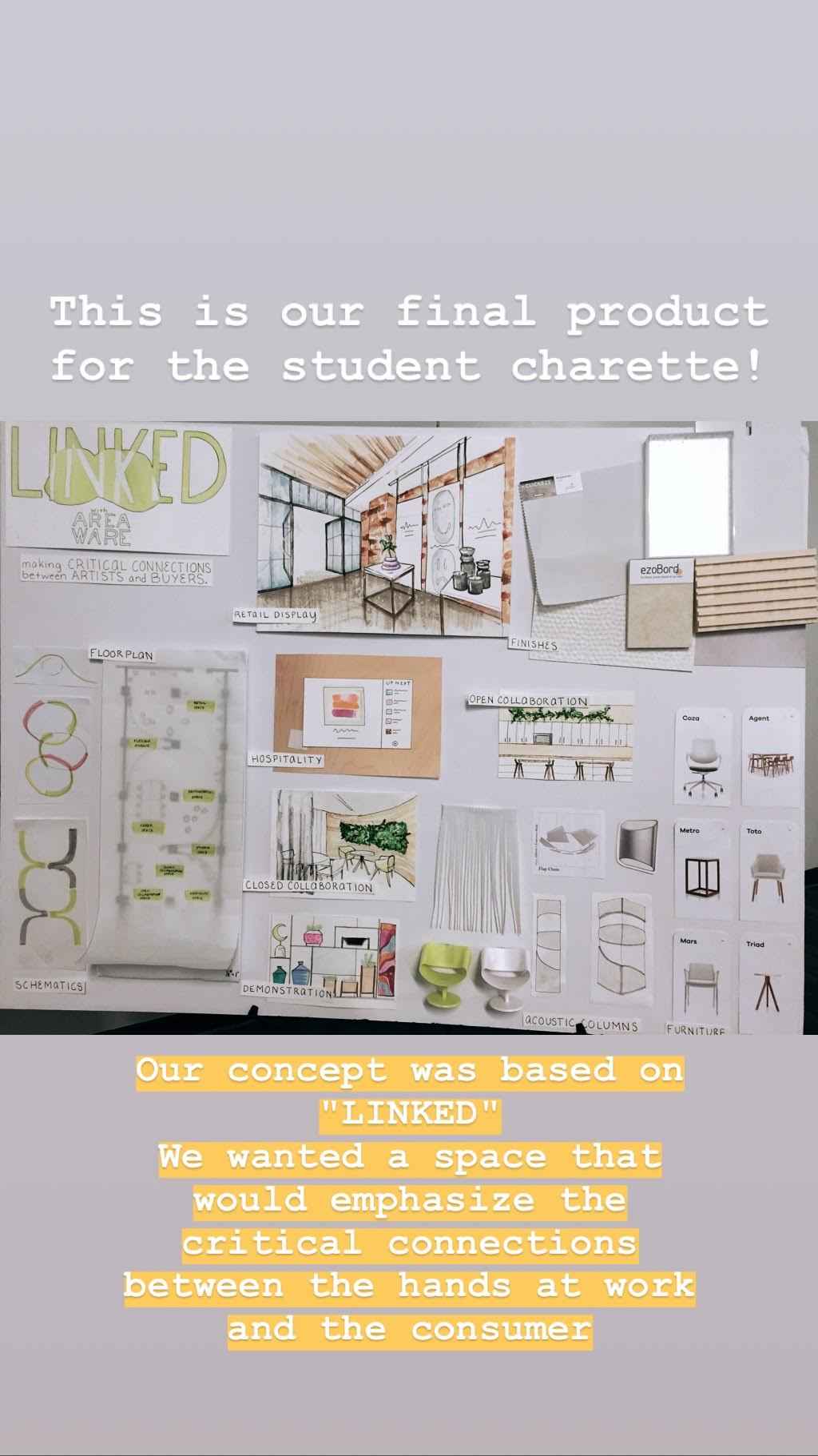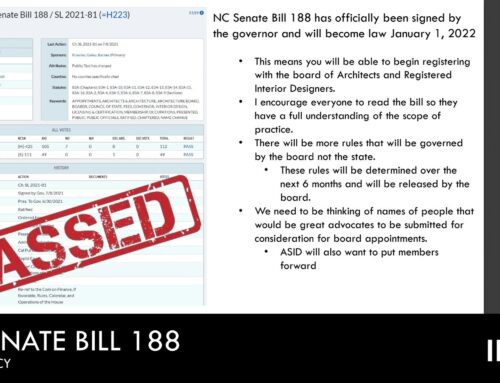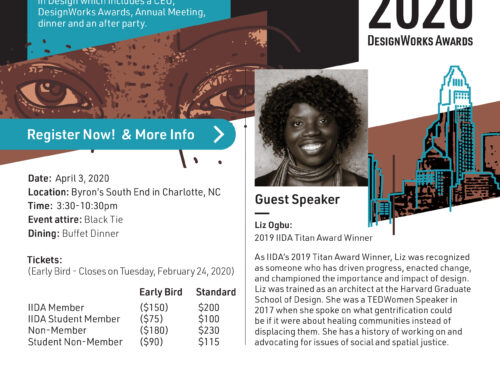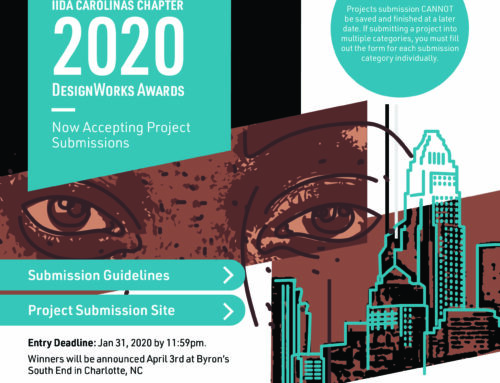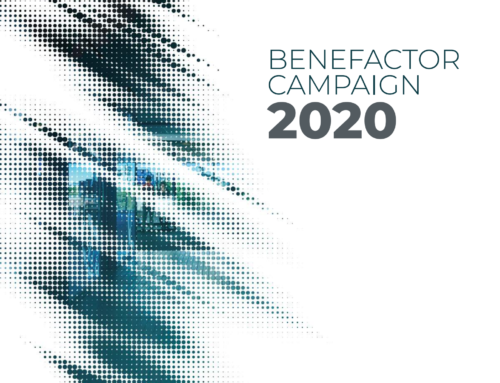Thanks to our Benefactors for their support that provided two IIDA student members that opportunity to travel to NeoCon for the IIDA student charrette. Read the summary of their trip to Chicago below.
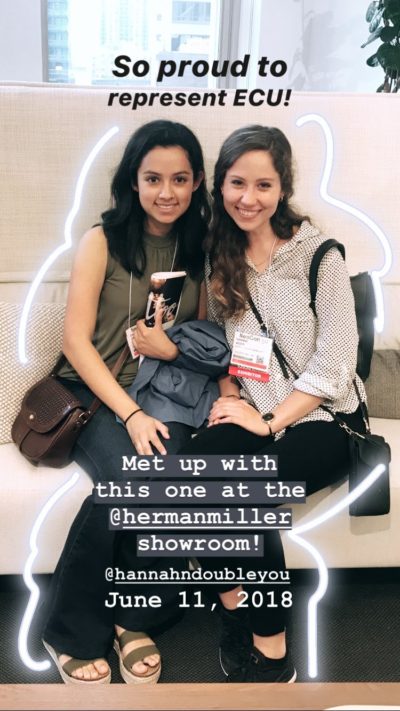
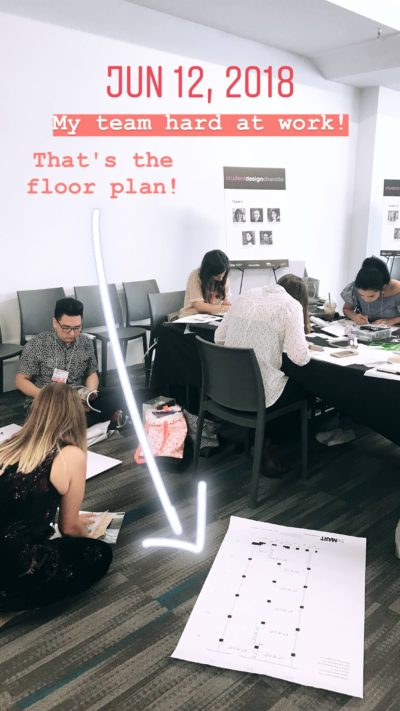
60 students from across the US were nominated and selected to represent their regional IIDA Chapters. East Carolina University, ECU, sent two students, Hannah Wiser and Dai Jimenez, to represent the Carolinas Chapter.
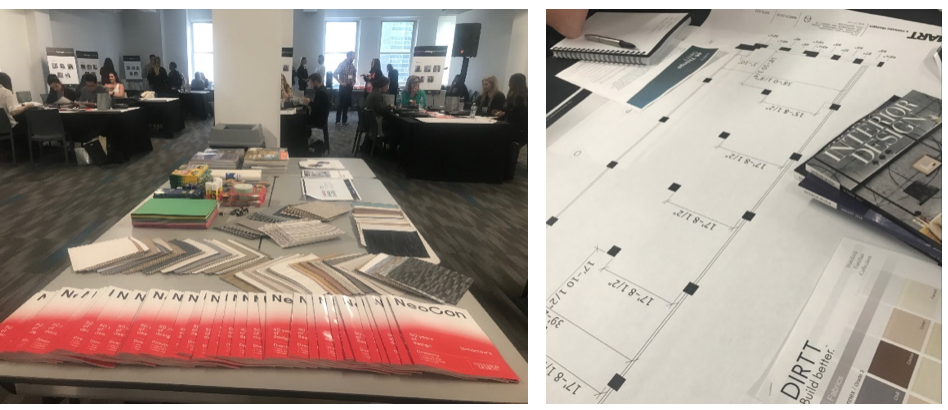
Charette day events:
9:00am – Students assigned to 12 teams of 5 and given their design program and floor plan. They then had until 3:00 pm to develop their design concept, final board with deliverables, and presentation. The challenge was: create a showroom that incorporated a hybrid solution for ideating, creating, and selling a product.
Students were left to select a product to represent and what to develop for the board to communicate their design, including concept and inspiration boards, floor plans, elevations, RCP’s, finishes, and perspectives. We were given two large foam core boards, a scaled floor plan, and lots of Herman Miller design literature. We also received a DIRTT finish book and a spread of Wallcoverings Association product to select from; all three manufacturers sponsored this event.
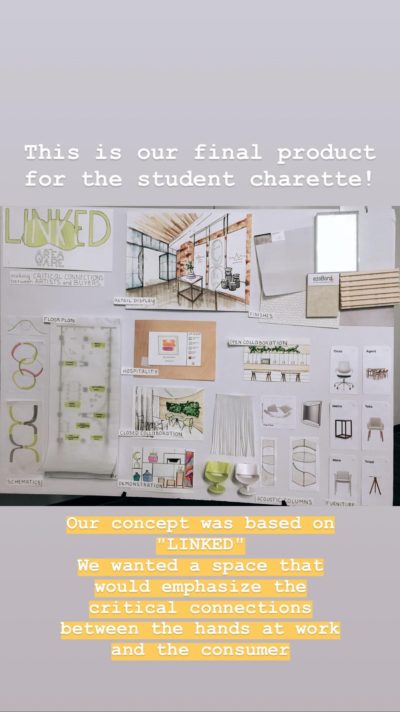
Altogether, my teammates and I spiraled between a concept, color scheme, and floor plan schematics before we divided the floor plan in pieces to individually complete. This way, we could focus on layouts that would accommodate specific activities through the making and buying process of the product. Our chosen product was Herman Miller chairs. It wasn’t until we pieced our floor plan together that we came to a concept that aligned with our intention, which was “Building Bridges” in the industry as practiced through Herman Miller partnerships. Playing off the city’s history and the importance of the Chicago River, we incorporated a Chicago bridge design as our main conceptual element.
Because we decided to represent Herman Miller, we all took a quick trip to the showroom to curate ideas and product examples. A few of us ran off around the mart to gather flooring, wallcovering, and finish samples. The perspectives were completed in an assembly line once the floor / furniture plan was finalized. I drew the perspectives one at a time in pen and then hand it off to be rendered in marker. Teammates jumped in and took charge when needed, and we were all decision makers building off what existed along the way. Backtracking was costly, so confident decision making became just as imperative as effective communication.
For our solution, we needed a way to communicate our ideas communally. We took the original floor plan and used many layers of trace to progress to our final solution. We also tore through magazines for inspiration, had brass tacks for mounting the board, and a small light box to make rendering seamless. A combination of paper, trace, and decorative accents made the board come together, although the tools we used the most were markers and black pen. Our final board had a floor plan with furniture which we scaled down from the original given, as well as an accompanying RCP, inspiration photos, physical materials, three perspectives, and a storefront elevation.
Our team was well paced, and the final minutes flowed in a manner that was much less panicked than I expected. We were proud of our work, and although the imminent presentation felt heavy on our minds, I knew we had a solid, thought out design solution. However, as we walked to the stage as the second team to present, I did with we had practiced at least one run-through of our delivery. Alas, we went up and winged the whole thing!
Watching the final presentations of all other teams was just as valuable a learning experience as developing our own solutions. I noticed other teams included elements of design that I was also passionate about, but those things somehow fell to the backburner with my team’s design. These included the promotion of artisanship, designing for human wellness, 3D printing technology, and integrative lighting technology. I noticed how unique, thoughtful, and progressive students could be, even in a time crunch.
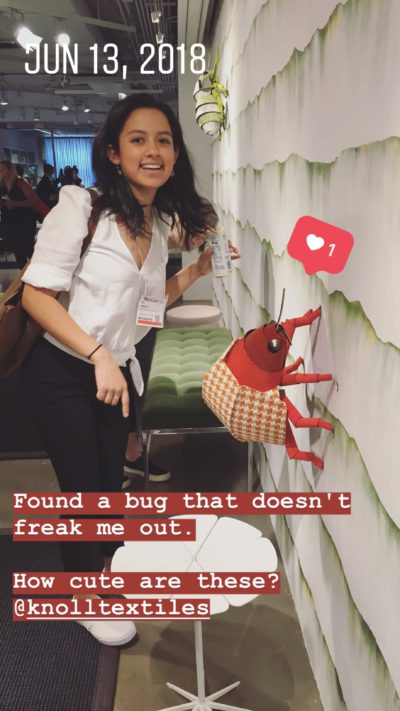
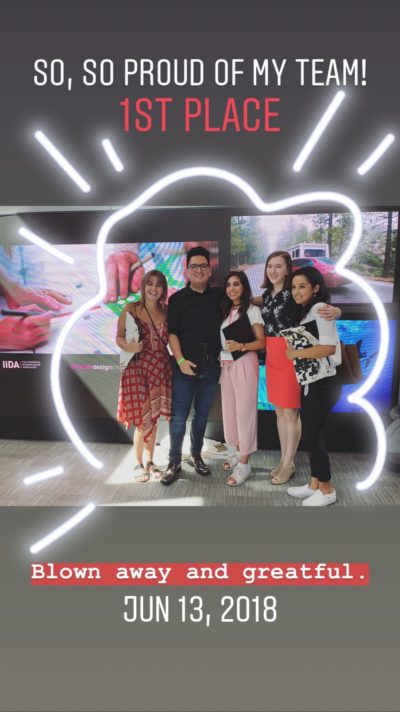
The awards presentation was held the next day at the DIRTT showroom across the street from the Merchandise Mart. There was a beautiful view of the river and fantastic catering, and we got to connect with Amanda Wade, President of IIDA Carolinas. Placing teams (top three as well as honorable mention) were announced one at a time and received their winnings. The announcements were preceded by judge’s notes, which really heightened the anticipation as well as provided valuable feedback for all teams. Nothing could describe the pride I felt when Dai’s team was called as the first place winners of the competition. Her rendering skills were easily the strongest from my program, and I was so grateful I could accompany her as she worked and competed to her full potential.
From this process, I learned that there is no way to be perfect, but that is no reason to not push for improvement every step of the way. This especially holds true for collaboration. The right questions uplift the entire team. It is also important to play to each other’s strengths, not just our own, and figure out what makes the other team players spark to foster an enthusiastic solution. I also would now describe design as a spiral process, not a linear one. Some people hesitate to “backtrack” while they are designing, but I believe that it is in those moments of reflection and reevaluation that a design will truly evolve.
I met so many students from around the country, including one whose uncle held a high position at Perkins + Will. I also reconnected with students I met at other interior design events, and even some students in design who were not originally from America. I also had the opportunity to meet dignified designers in the field including Tom Marquardt, one of the founders of the IIDA charrette at NeoCon, and Stacie Schreiner, a Herman Miller representative who recently retired from the architectural and design field.
